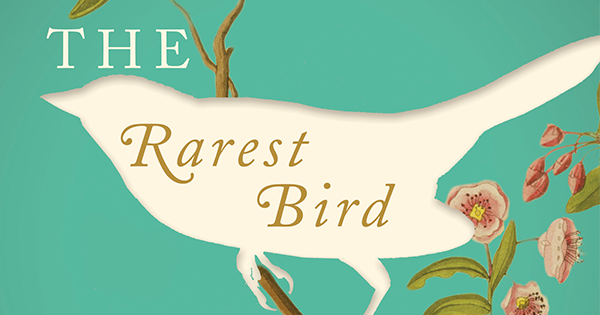The Rarest Bird in the World
Read an excerpt from Vernon R. L. Head’s new memoir about the search for the Nechisar Nightjar

For 26 years, the most famous wing in the world has lived in a drawer in the ornithology branch of the British Natural History Museum. The wing—all that was left of an avian hit-and-run on a dusty smugglers’ road in Ethiopia—was found by a group of scientists in 1990. The bird to which it belonged is unknown to science: a type of nightjar never even glimpsed in the wild. So began the search for Caprimulgus solala, the rare nightjar with “only one wing.”
In 2009, Vernon R. L. Head and three other birdwatchers flew to Ethiopia on an expedition to find the other wing of the Nechisar Nightjar—or, as Head writes in his new memoir, The Rarest Bird in the World, “perhaps a pair of living wings.” Read an excerpt from Head’s account of a particularly fraught night of their journey, when they finally spot the flutter of a nightjar’s wing on the Plains of Nechisar.
We did not know the call of the Nechisar Nightjar. Nobody did, so all sounds were potential clues of discovery. We knew the calls of all other known species of nightjars, and the repertoire of Africa’s nightjars presented considerable diversity: some like barking dogs, others like crickets, some varied and melodious like robins, and some even as flatulent as frogs. We listened with our eyes too. That night I learnt how eyelistening in the darkness focuses the mind. Every sound was answered by a flurry of searching beams, sharp rods of light cutting, chopping, and jerking, followed by a muffled commentary, mainly from Gerry.
A herd of antelope grunted softly in the detached way one may mumble while dreaming, a contact call to another world in the night. Because the antelope were pake like cows, the moon helped us see them. Our wheels crackled and turned slowly. A fertile sky of insects hummed, tiny bodies glistening in a sort of comet fire, streaking everywhere, shooting off into oblivion in a universe of flashes, some crashing and frying against the car lights. I smelt their sweet smoke and remembered their flavours as they struck the car and stuck. This was nightjar air.
What a beautiful moment it was to witness Ethiopia opening privately, reminding me of the generousness of my adventure. Pure night became even more extraordinary and the pure wildness of the night was exquisite and abundant. We were in the embrace of one if the most remote places on the planet: a world of complete nature. So much of what was before us was new to science, and also new to the lists of my collections, my memories. I looked at my friends and their silence smiled. And together we searched for the rarest bird on earth.
‘Nightjar!’ said Dennis.
‘Stop!’ said Ian.
From The Rarest Bird In the World by Vernon R.L. Head. Courtesy of Pegasus Books. Reprinted with permission.

